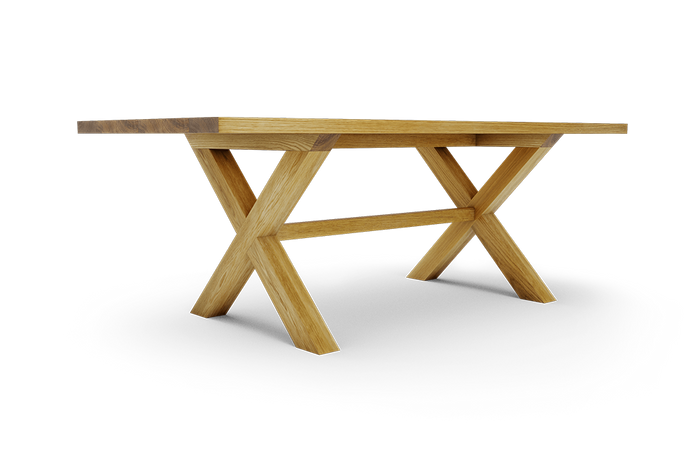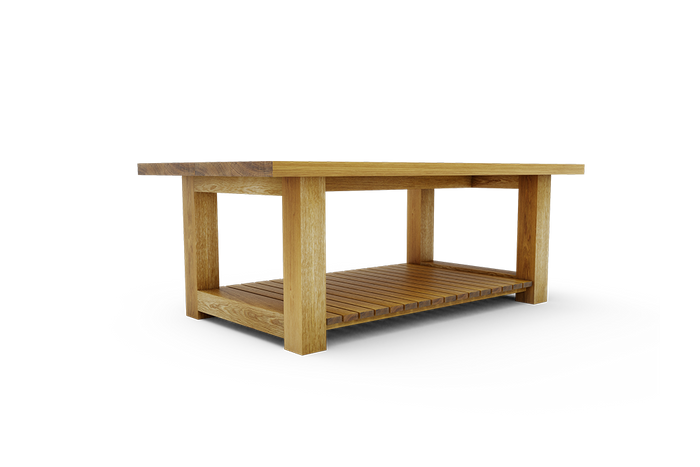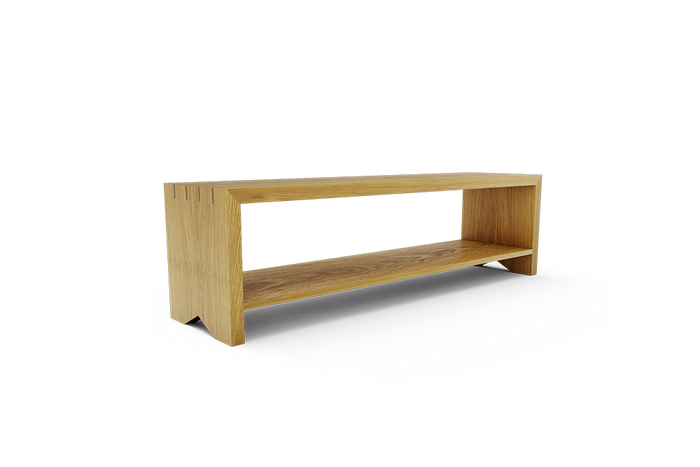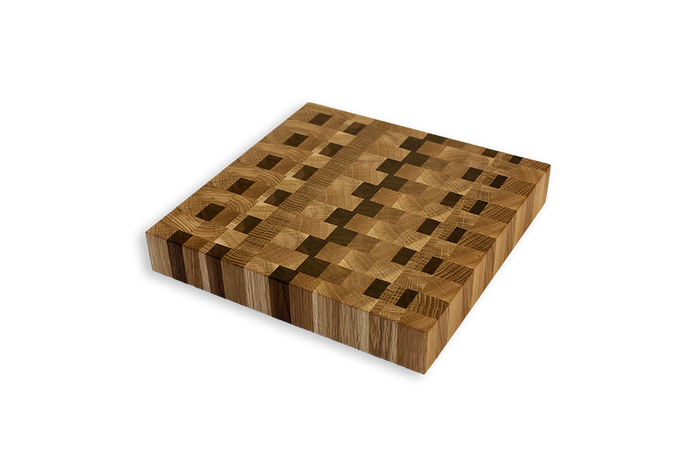Whether you’re a novice cook or a gourmet chef, one of the most important pieces of equipment in your kitchen should be a fine-quality cutting board. Wood type, design and construction play a critical role in the creation of chef-quality cutting boards.
When purchasing a cutting board, you should always look for the term “end grain.” What does “end grain” mean, and why is it superior?

End grain cutting boards are crafted with the ends of wood facing up, versus the “long grain” of a piece of wood. Because the grain faces up, your kitchen knife won’t be able to “sever” any wood fibers, meaning it will stay sharper longer.
Cutting boards created with end grain surfaces means the wood compresses in a much tighter space. More wood compression means less chance of bacteria building up in the crevices.
The real beauty of an end grain cutting board is that it is “self-healing” – as the knife pulls out of the board, the fibers push back together.
Finally, end grain cutting boards do not mean the cutting board has a “rough” quality. Some of the most beautiful cutting boards in the culinary world are the end grain variety – works of art, stained and polished as smooth as silk.
End grain cutting boards are an investment worthy of any kitchen and will be handed down for generations.
Check out these examples of end grain cutting boards at Rooted.



